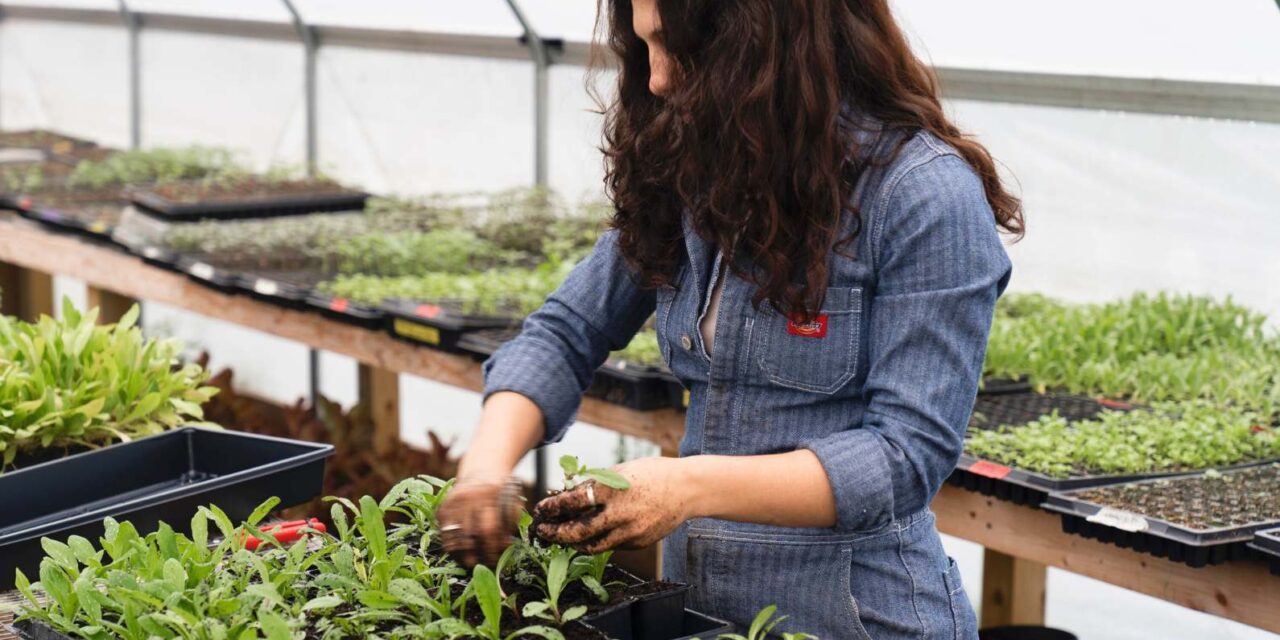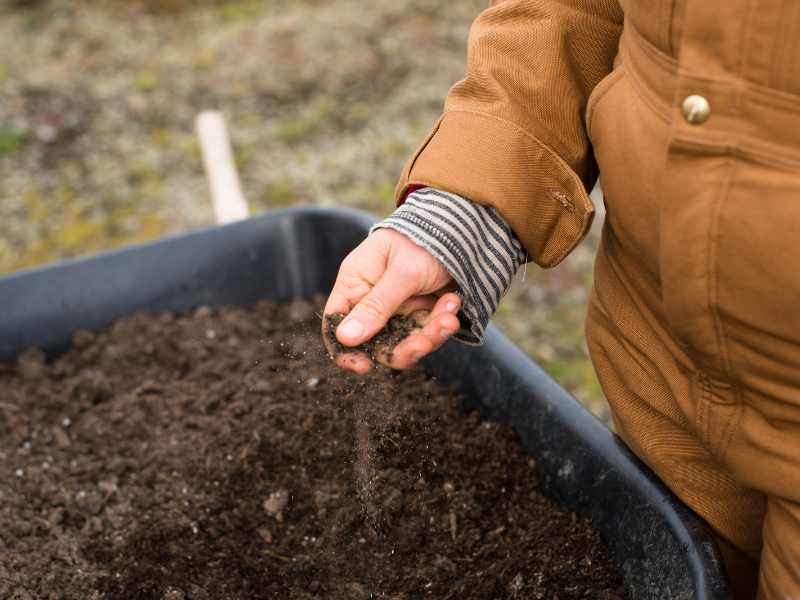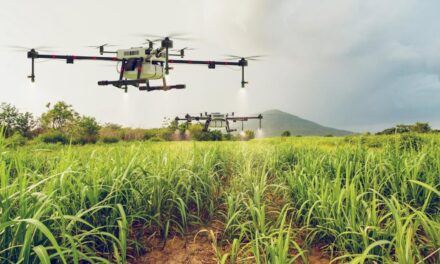Regenerative Farming Practices Foster Sustainable Food Systems
In our pursuit of a more sustainable and resilient food system, two crucial pillars have emerged: regenerative farming practices and the support of local agriculture. By embracing regenerative farming techniques, farmers can restore soil health, promote biodiversity, and mitigate climate change.
But the solution can’t only fall on farmers. Communities across the globe have a duty to support local agriculture systems. Doing so fosters community connections, enhances food security, and bolsters regional economies. Our environment, communities, and well-being thrive when we strengthen our local food chains.
The Need for Regenerative Farming Looms Large
In today’s standard of the industrialized food chain, profit is king. A chemical-intense and monoculture approach has become the global standard for efficiency and healthy profit margins. While supermarket shelves are now filled with endless options that would astonish our ancestors, we are paying a higher (hidden) price for convenience and choice.
The Ellen MacArthur Foundation, a nonprofit devoted to the idea of a circular economy, urges consumers to consider the “uncosted negative impacts” of “efficiency machines.” Deep sea trawlers, aerial crop sprayers, center pivot irrigation systems, concentrated animal feed, and other industrialized farming techniques negatively effect ecosystems.
Industrial methodologies carry a price tag.
The Ellen MacArthur Foundation lists a series of ripple effects that result from a system consistently striving for abundant choice and excess supply. “Vast areas of abandoned arable land, billions of tons of lost topsoil, dangerous atmospheric pollution, choking waterways, a looming antibiotic crisis, tens of thousands of deaths from pesticide exposure, and a quarter of human-generated greenhouse gas emissions.”
Food production costs in the United States are projected to reach about $6 trillion by 2050.
American Farmland Trust estimates that, over time, we have lost almost half of the original organic matter in our soils. This has lead to soil erosion, nutrient losses, increased greenhouse gas (GHG) emissions, and reduced yields.
The time to act is now.
Current agricultural practices have led to a rapid degradation of global soils. The United Nations warns that the world’s remaining topsoil will be gone in sixty years if we do not make a change. To put things into perspective, less than sixty harvests are left before the earth can no longer feed its inhabitants and support our ecosystems.
Agriculture can’t continue to be treated as an industrialized machine. In order to remain sustainable for future generations, farming practices must change. Agriculture relies on a complex ecosystem to naturally thrive. Pollinators are required for crop success, and clean surface and groundwater are necessary for irrigation. It’s crucial to foster healthy soil filled with microbes that help crops grow. Our harvests depend on these factors.
Regenerative farming is an approach that prioritizes soil health, biodiversity, and ecosystem restoration.
Unlike conventional farming, which can deplete soil fertility and rely heavily on synthetic inputs, regenerative practices work harmoniously with nature’s principles. These practices include crop rotation, cover cropping, agroforestry, holistic grazing, and minimal tillage. By implementing these techniques, farmers enhance soil structure, retain water, and increase organic matter content. This results in improved soil health and carbon sequestration.
Environmental Benefits of Regenerative Agricultural Practices
Regenerative farming practices offer substantial environmental benefits. Soil and water have a symbiotic relationship and are crucial foundations of healthy ecosystems. Enhancing soil health promotes better water infiltration, reduces soil erosion, mitigates the risk of floods, and helps maintain water quality and security during droughts.
For each 1% increase in organic cropland, the United States Department of Agriculture estimates that U.S. croplands could store 20,000 gallons of available soil per acre. Nationwide, that’s the amount of water that flows over Niagra Falls in 150 days.
Soil health is also a crucial player in the fight against climate change.
The U.S. Environmental Protection Agency estimates that about 10% of U.S. greenhouse gas emissions are attributed to farming and ranching.
However, soil is considered one of the earth’s greatest carbon sinks, thanks to photosynthesis and microbes, the National Resources Defense Council explains. With proper care, soil can draw down 250 million metric tons of carbon dioxide–equivalent greenhouse gasses every year in the United States alone.
Through regenerative practices such as no-till farming, cover cropping, rotational grazing, and composting, emissions across the entire agricultural sector can be significantly reduced while ensuring soil health and longevity.
Regenerative practices promote biodiversity, providing habitats for beneficial native insects, birds, and other wildlife.
Plant diversity is a great way to build healthy soils that better trap water and nutrients. Diversity fosters conditions that maintain permanent vegetation, which help break pest and disease cycles. Plant diversity reduces the need for chemical interventions and lowers our dependence on genetically modified mega crops like corn and soybeans.
Currently, the four largest seed companies in the United States control 85% of the market, Foodprint.org explains. This limits farmers’ choices about what they can plant and drives diversity down even further. Most sales are of a few varieties of genetically modified corn and soy.
A cultural shift – driven by consumer choice – is necessary to force the industrialized behemoth of our international food chain into action before it’s too late.
Strengthening Local Food Chains
Supporting local agriculture and food chains is essential for building resilient and sustainable communities. When consumers prioritize local produce, they reduce reliance on long-distance transportation, thereby minimizing carbon emissions and reducing their ecological footprint.
By purchasing directly from local farmers, you can establish a closer connection with your food. This direct relationship also ensures fresher and more nutrient-dense produce, as it doesn’t have to travel great distances before reaching the consumer’s plate.
Local agriculture creates opportunities for farmers, producers, and consumers to interact directly through farmers’ markets, community-supported agriculture (CSA) programs, and farm-to-table initiatives. These connections foster a sense of shared responsibility and encourage sustainable practices.
Additionally, supporting local agriculture contributes to food security by reducing dependence on global food supply chains. In times of crisis, such as pandemics or natural disasters, local food systems offer resilience and ensure a steady supply of fresh, locally-grown produce.
Supporting local farmers and producers circulates more money within the community, creating jobs and fostering economic growth.
Naturally, this encourages agricultural diversity, preventing the loss of traditional crops and heirloom varieties, which have cultural and historical significance.
Regenerative farming practices and the support of local agriculture are indispensable components of a sustainable and resilient food system. In nurturing the earth and embracing regenerative practices, farmers play a vital role in restoring soil health and mitigating climate change.
Our sustainable food choices can transform our food system and pave the way for a healthier and more resilient future.
The photos used in this blog were taken at Pasture Song Farm in Pottstown, PA. Pasture Song is a small-scale, sustainable meat and cut-flower farm.
Sourced from Unsplash. Photography by Zoe Schaeffer
instagram.com/dirtjoy

Written by Carley Kimball
Freelance Journalist and OPL Content Contributor
“I’ve always tried to implement planet-friendly practices in my life but didn’t quite realize just how much of an impact individuals can make until I was introduced to One Planet Life. I’m so excited to be able to utilize my professional skills to contribute valuable information and positive personal experiences to help make the world a better place.”













